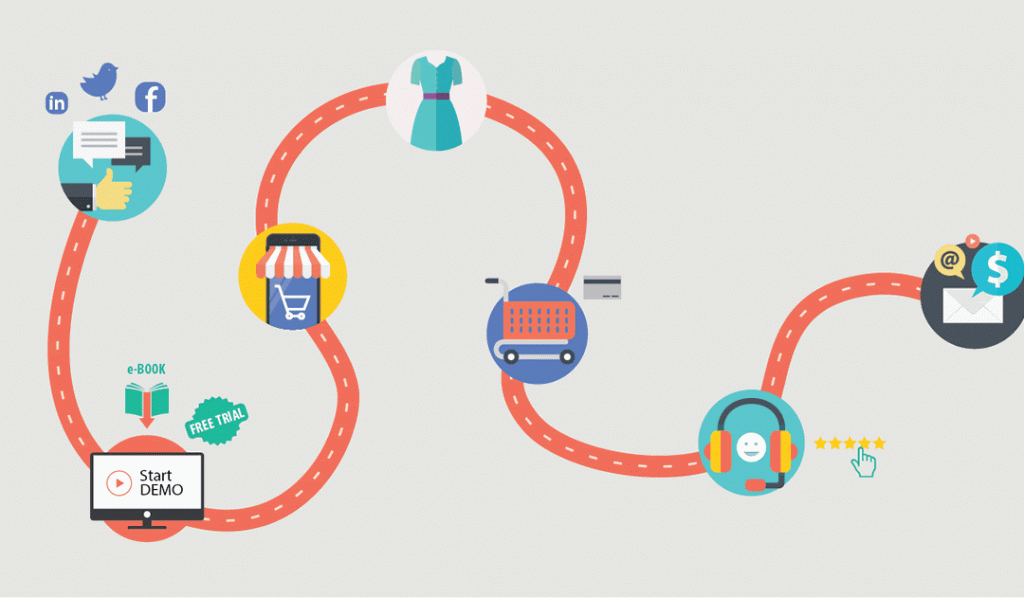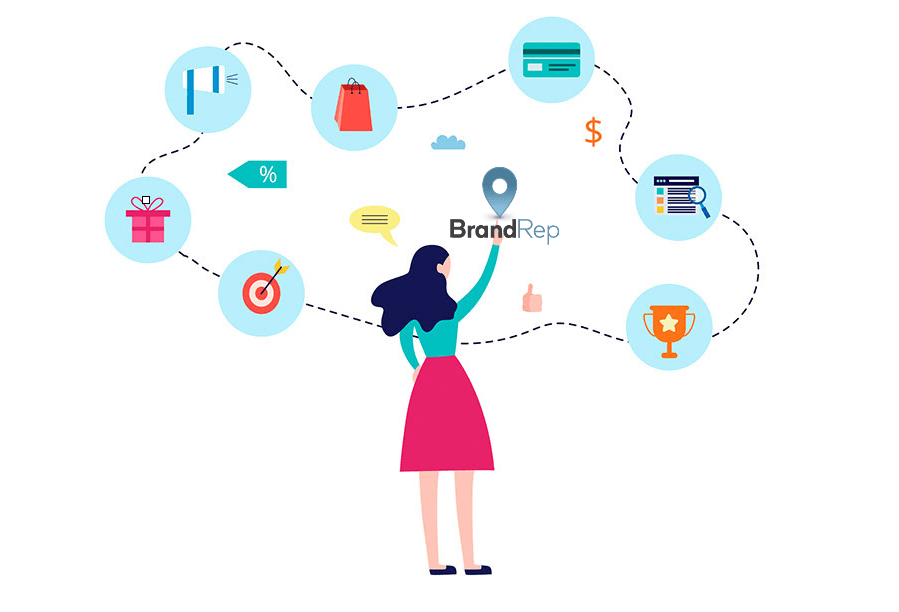Do you understand your customer? It’s a widely accepted fact that it is cheaper to retain than acquire a customer. A Retention Marketing Survey from 2015 shows that 70% of respondents achieve better ROI by investing in relationships rather than acquisition marketing. Moreover, optimizing your customer experience is one of the best ways to foster customer loyalty. So why is it that only 41% of marketing executives employ customer engagement data to inform their marketing strategy?
Understanding your customer is essential to achieving your core business goals. Whether you are trying to build the customer journey, creating content, or merely trying to increase sales, understanding your customer is the key to success.
Here are five techniques you can implement to understand your customer better than they know themselves:

1. Use Intelligent Customer Engagement
Optimizing your customer experience is crucial to revenue and retention, and when you get it right, it also adds value to giving you customer insights.
Thanks to new tools and software, the ability to engage with your customers in real-time has never been more effortless. Messenger applications have become a widely popular customer service channel while also allowing you to speak directly with your customer as they browse your website. Not only do these programs offer a great way to stay in contact and answer questions immediately, but they also serve as a means to collect data on customer insights. When working in tandem with customer service teams, these messenger tools give you the ability to react quickly to the insights you come across.
Furthermore, communicating directly with your customers as they are searching allows you to understand better the customer journey by now identifying their pains, needs, and challenges. When you know these challenges, you begin to build a two-way street where you can create more sophisticated buyer personas.
A great way to facilitate these interactions is to encourage customers to share their thoughts and opinions through customer satisfaction surveys.

2. Speaking of Buyer Personas, its time to get more robust
Many companies fail to simplify their data into generic demographics like age and location to develop their buyer personas. Although these may be a good starting point, they can not be the only data points you dive into as they do not provide enough information to move your audience on an emotional level.
You need to dig deeper.
What social media outlets, industry blogs, or professional forums are your clients frequenting? Utilize tools like those provided in Google Analytics to apply these details to your personas to reach your audience effectively. Additionally, you can utilize keyword data to hone your target search better and discover how people describe your services. Keyword data allows you to focus them in your PPC campaigns better and will enable you to create and incorporate web content that your clients are searching for. When people search for terms and your website provides information directly related to what they are searching for, people feel welcomed.

3. Generate Data From Your Web Visitors
Every interaction on your website offers valuable insight into customer behavior. Sticking with Google Analytics, as discussed previously, will allow you to understand your consumer behavior and how they interact with your content. In addition, tools like Leadfeeder, Piwik, and Google Analytics provide real-time tools to understand and improve your sales funnel. The data you collect should lead you to a conclusion about what your customers do and do not like, what they seem to be confused about, and provide insights into their interests and bounce rates to give a more substantial website experience. For example, if there is one page that people tend to spend more time on than others, you can focus your efforts on building collateral that supports it. Moreover, through bounce rates, you can see what pages are not resonating with your target audience and try to resolve what makes people leave.

4. Predict and Plan
Creating a plan for future customer engagement is as important as analyzing the past. There are many predictive software modeling data tools available to analyze trends and better inform your decision-making. Predictive modeling plays an essential role in developing consumer strategy. Historical data will show you what your clients have found valuable and show what features they didn’t deem helpful.
Understanding what people are searching for will help to develop your content strategy and will allow you to focus your efforts on topics that will best address your client’s needs. Find trends from your most commonly utilized features to see what your customers find alluring, and couple those with market trends to explore features that you can explore in future offerings.

5. Understand the Customer Journey
The only way to understand the customer journey is to proverbially “walk a mile in their shoes.” Build a detailed map of the trip based on critical touchpoints of your sales process. You should look at the interactions between you and your customer from initial contact, communications, and touchpoints between and even after completing the sale. A simple example of this would be a download from your website or social channel, followed by an email outreach for more information and the initial sales outreach. You should define and map out precisely what communication is involved and what details would affect each touchpoint. Be sure to understand what significant touchpoints you have, such as the actual sales call, form fill, or subsequent outreach, affect each touchpoint. What influenced the download? What information intrigued the client, what feedback have you received, and then identify failed touchpoints. For example, did your download a white paper but not fill out the form or respond to your follow-up? You can address these fail points by creating milestones, such as no response or filling out a form. Create email drip programs to re-engage these customers or make a follow-up call based on each of these milestones.
Thanks to modern analytics tools, we have a more vital ability to understand your customer’s journey. As a result, it has never been easier to know why or how you are losing people in your lead funnel. No technique is a catch-all to all industries, but developing a systemic approach to understanding consumer behavior is an excellent step in streamlining your lead funnels.














2 thoughts on “Understanding Your Customer Journey”
Your point of view caught my eye and was very interesting. Thanks. I have a question for you.
I don’t think the title of your article matches the content lol. Just kidding, mainly because I had some doubts after reading the article.